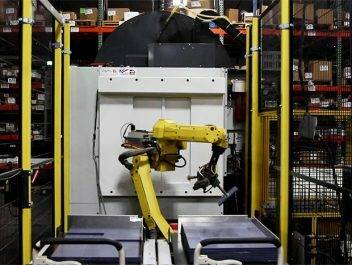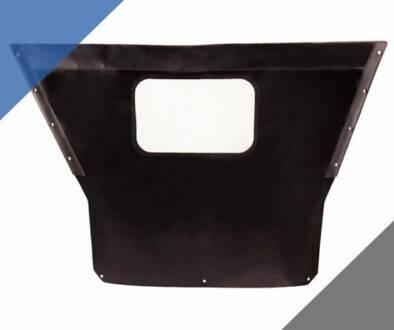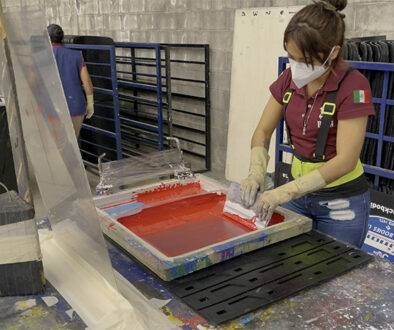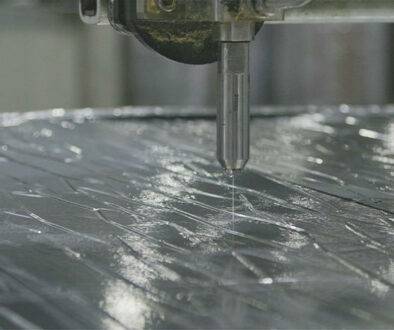How Robots are Elevating Non-Metallic Fabrication Processes

At All-State Industries, we are committed to being your non-metallic solutions partner, so we have invested in some of the most state-of-the-art robotic systems to support your application needs.
By automating certain aspects of our fabrication processes, we can produce high-volume plastic parts that might otherwise be injection molded, thus eliminating the need for high cost tooling.
High-Volume, Round-the-Clock Operation
Adding robotics to our plastic machining processes enables a competitive edge with high-volume parts.
“It’s very rare in machined plastics to have really high-volume parts because they usually end up being injected molded (as long as the application is such that injection molded resins should be or the resin is available to injection mold). Some of the parts we’re producing are too thick for that process,” says Curt Olson, National Accounts Manager. “The robots keep a consistent workflow that helps us produce more parts at better costs.”
The robots are easy to program and provide round-the-clock operation with minimal human input on the machines. Investing in automation has allowed our employees to focus on other tasks that help provide additional solutions for our customers.
It also decreases the stress on other machines eliminating setup and teardown times for the smaller jobs. “We can run high-volume parts all the time,” explains Olson.
Robotic Assembly Process for Non-Metallic Parts
Depending on your application, we start with full sheets and cut them to your specifications using our fully programmable CNC saws. From there, the pre-cut blanks get transferred to our robotic milling stations.
The robot picks up each piece and places them into the mill to be machined. At this stage, metallic parts are pressed into the non-metallic materials by a pneumatic insert machine.
“Once the part has been cut and counterbored, a robot takes the part out of the machine and line sequences the parts for any final trimming or insert pressing that needs to take place before packaging,” says Olson.
“By collaborating with the engineering communities at our customers, this enables us to help them select the proper material, machining process, and initial stock shape to meet the performance, tolerance, and cost requirements of the finished parts.”



